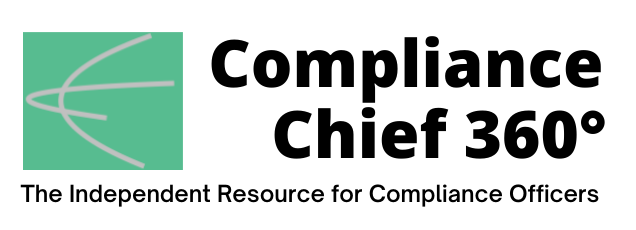
Nasdaq proposed a change in its initial listing requirements for small companies that wish to conduct an initial public offerings. This change would effectively harden its listing standards, making it more difficult for smaller companies to list on the Nasdaq.
According to the new rule, Nasdaq will require that companies raise at least $15 million in order to list on its exchange. Nasdaq appears to have set an exceptionally high standard for microcap companies and other firms seeking to provide liquidity to their investors.
Nasdaq is changing the way it calculates public float, which refers to shares available for trading that are not held by insiders or restricted due to lockups. Previously, Nasdaq included shares registered for resale by existing investors at the time of an IPO in these calculations. Under the new rule, only newly issued IPO shares will be counted.
In its letter to the SEC, Nasdaq stated that “it has observed that the companies that meet the applicable Market Value of Unrestricted Publicly Held Shares requirement through an IPO by including Resale Shares have experienced higher volatility on the date of listing than those of similarly situated companies that meet the requirement with only the proceeds from the offering.”
As a result, Nasdaq is now only including newly issued IPO shares when making calculations in connection to its listing requirements as opposed to additionally including resale shares. The Exchange hopes that by doing so, it will not list companies exposed to high volatility. “As such, it is appropriate to modify the rules to exclude the resale shares from the calculation of market value,” Nasdaq told the SEC.
According to many in the capital markets industry, this rule could revive the dying Special Purpose Acquisition Company (SPAC) market. With the newly set bar, many companies will look to engage in reverse mergers which provides an alternate pathway towards an IPO.
Furthermore, companies seeking to uplist from over-the-counter markets, such as those operated by OTC Markets Group Inc., must now raise at least $5 million through a firmly underwritten public offering to list on the Nasdaq Capital Market, or $8 million to list on the Nasdaq Global Market. Previously, Nasdaq’s public offering requirement for both tiers was $4 million.
Ultimately, Nasdaq is implementing this rule to reduce the listing of highly volatile companies on its exchange. By excluding certain insider shares from its calculations, Nasdaq has established a higher threshold for companies seeking to qualify for listing. ![]()

